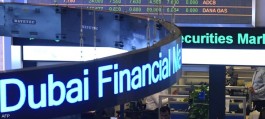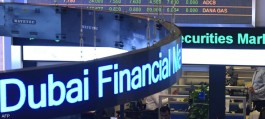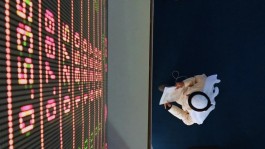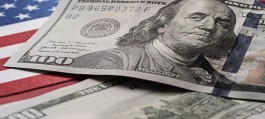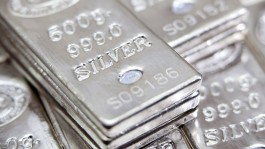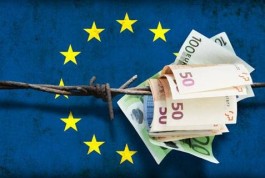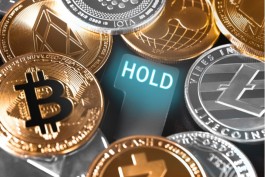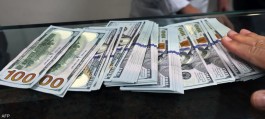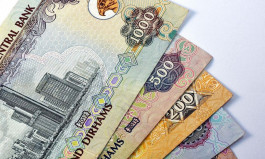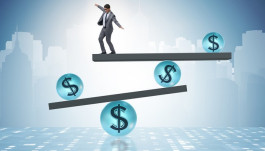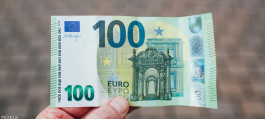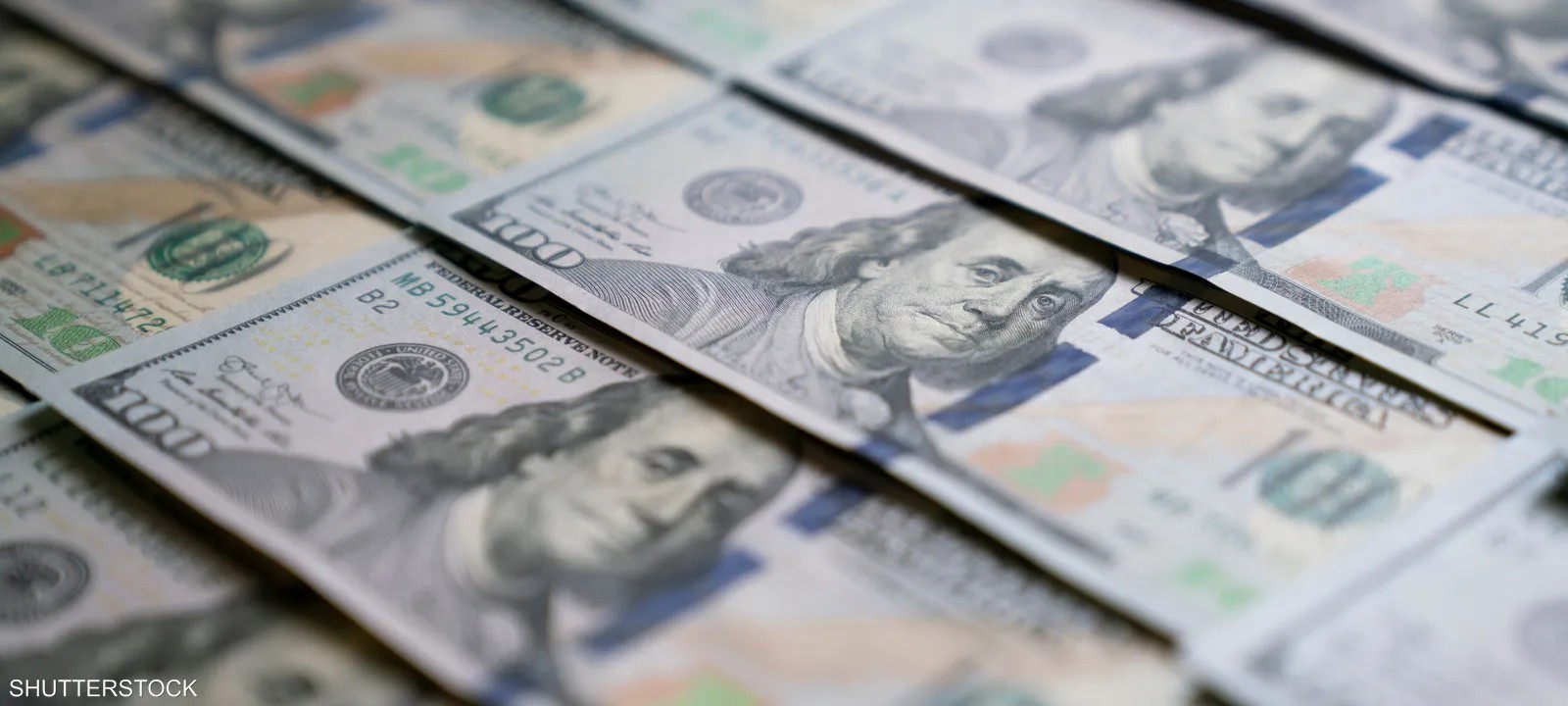The dollar started the current quarter on a stronger note, with signs that traders are preparing for further upward momentum ahead of the release of consumer price data later this week.
The dollar rose against nearly all major currencies this month, benefiting in part from safe-haven buying amid concerns about credit conditions at regional US banks. The rise comes amid a lack of official economic data since the start of the US government shutdown on October 1.
US inflation expected to accelerate
The lack of statistics is increasing market focus on September consumer price data, due out Friday, especially with the Federal Reserve meeting next week approaching. Economists expect the annual inflation rate to reach 3.1%, the highest reading since May 2024. While a high reading will not deter monetary policymakers from proceeding with interest rate cuts on October 29 and possibly again in December, it could influence their direction for next year.
Brent Donnelly, president of Spectra Markets, wrote in a note to clients yesterday: With two rate cuts fully priced in, inflation expectations are tilted to the upside, and the likelihood of fund flows through the end of the month is tilted toward a long dollar. I recommend a long dollar position over the next two weeks.
In Donnelly's view, the odds are stacked against a higher CPI reading. One reason for this is that inflation in Canada, announced this week, accelerated at a faster-than-expected pace, which he sees as an indicator of a potential surprise in the United States.
Landing in 2025
The Bloomberg Dollar Spot Index has fallen about 7% since the beginning of the year, putting it on track for its worst annual performance since 2017. The dollar fell sharply in the first half of the year after President Donald Trump's sweeping tariffs sparked market turmoil and speculation that investors would shun US assets, weakening the greenback's safe-haven status. However, foreign investors, despite signs of hedging their exposure to the dollar, continue to pour money into US stocks and Treasuries.
The dollar has also lost some of its appeal due to expectations of interest rate cuts next year amid a weak US labor market.
All of this dollar weakness actually happened in the first five months of the year, and since then I've found myself saying the dollar is not weak, it's one of the best performing currencies, Jane Foley, head of foreign exchange strategy at Rabobank, told Bloomberg Surveillance on Wednesday.
Options traders have become more bullish on the US currency. Three-month risk reversion contracts on the Bloomberg Dollar Spot Index have been bullish this month, with traders favoring call options, which bet on the dollar rising over the next three months.
The euro declined
Stephen Englander, head of G10 currency research at Standard Chartered Bank, expects the euro to fall to $1.12 by the middle of next year, compared to around $1.16 currently, as the dollar recovers broadly. He said one reason is that he doesn't see enough evidence of investors fleeing the dollar.
The market is discounting the possibility of a dollar recovery, Englander wrote in a note on Wednesday, adding, We see less chance of a rate cut than market expectations, so the dollar is likely to be supported by interest rates.


